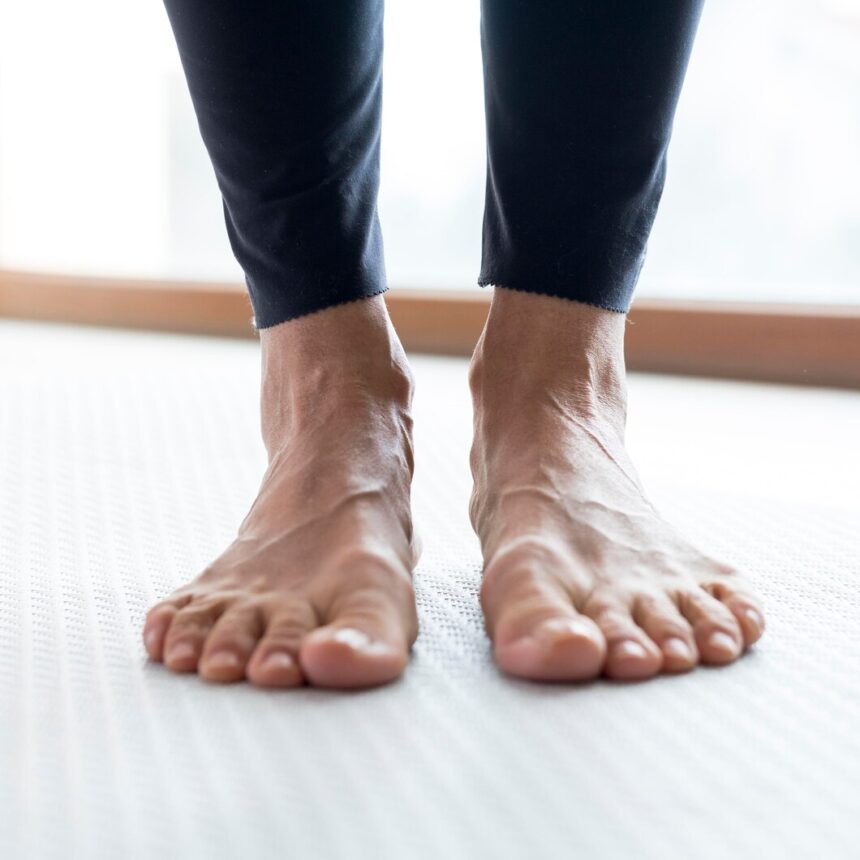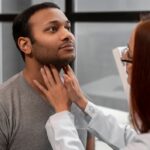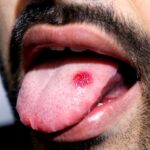Clubfoot, medically known as talipes equinovarus, is a congenital condition that affects the feet and legs. It is characterized by an abnormal positioning of the foot, which can lead to complications if not treated early. Understanding the symptoms, causes, and available treatments for clubfoot is essential for parents and caregivers to ensure proper management and care for affected children.
Symptoms
The primary symptoms of clubfoot include:
- Foot Positioning: The affected foot appears to be rotated inward and downward, resembling a golf club, which is where the name “clubfoot” originates. The foot may also be smaller than normal.
- Deformed Appearance: The heel of the affected foot may be pointed, and the arch is often unusually high or absent.
- Tight Achilles Tendon: The Achilles tendon may be shortened, making it difficult for the child to flex their foot upwards.
- Leg Discrepancy: In some cases, the affected leg may be slightly shorter than the other leg.
- Limited Mobility: Infants with clubfoot may have difficulty moving or using the affected foot, which can affect their ability to walk as they grow.
Causes
The exact cause of clubfoot is not fully understood, but several factors are believed to contribute to its development:
- Genetic Factors: A family history of clubfoot may increase the likelihood of a child being born with the condition, suggesting a genetic component.
- Environmental Factors: Certain environmental factors during pregnancy, such as maternal smoking, may contribute to the risk of clubfoot.
- Fetal Positioning: In some cases, the position of the baby in the womb may play a role. If there is limited amniotic fluid or space in the uterus, the baby’s feet may become constrained, leading to clubfoot.
- Associated Conditions: Clubfoot can sometimes occur in conjunction with other congenital conditions, such as spina bifida or muscular dystrophy.
Treatments
Early intervention is crucial for effective treatment of clubfoot. The following treatment options are commonly used:
- Ponseti Method: This is the most widely used non-surgical treatment for clubfoot. It involves a series of gentle manipulations and casting of the foot to gradually correct its position. Typically, the treatment starts within the first few weeks of life and may take several weeks to months to achieve the desired correction.
- Bracing: After the initial correction with casting, a brace (often referred to as a foot abduction brace) is used to maintain the corrected position. The brace is usually worn for several months to years, depending on the severity of the clubfoot.
- Surgery: In some cases, surgery may be necessary, especially if the clubfoot is severe or if other treatments do not achieve the desired results. Surgical options can involve lengthening the Achilles tendon or realigning the bones in the foot.
- Physical Therapy: Physical therapy may be recommended to improve strength and mobility in the affected foot and leg, especially after surgical intervention.
Clubfoot is a manageable condition, and with early diagnosis and appropriate treatment, most children can achieve normal foot function and lead active, healthy lives. Parents and caregivers should be vigilant about seeking medical advice if they notice any signs of clubfoot in their infants. Continuous support and follow-up care are essential for ensuring optimal outcomes for affected children.










